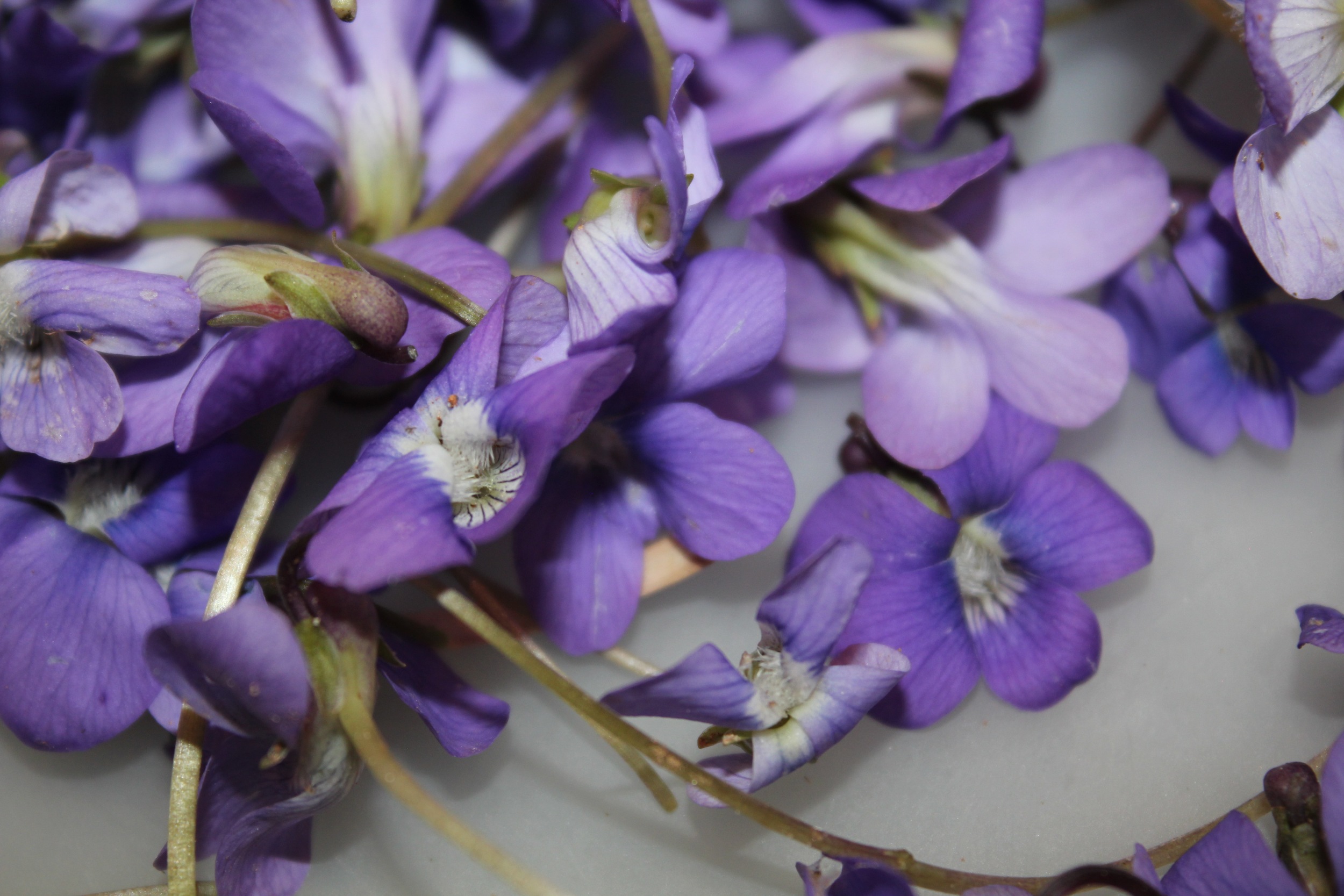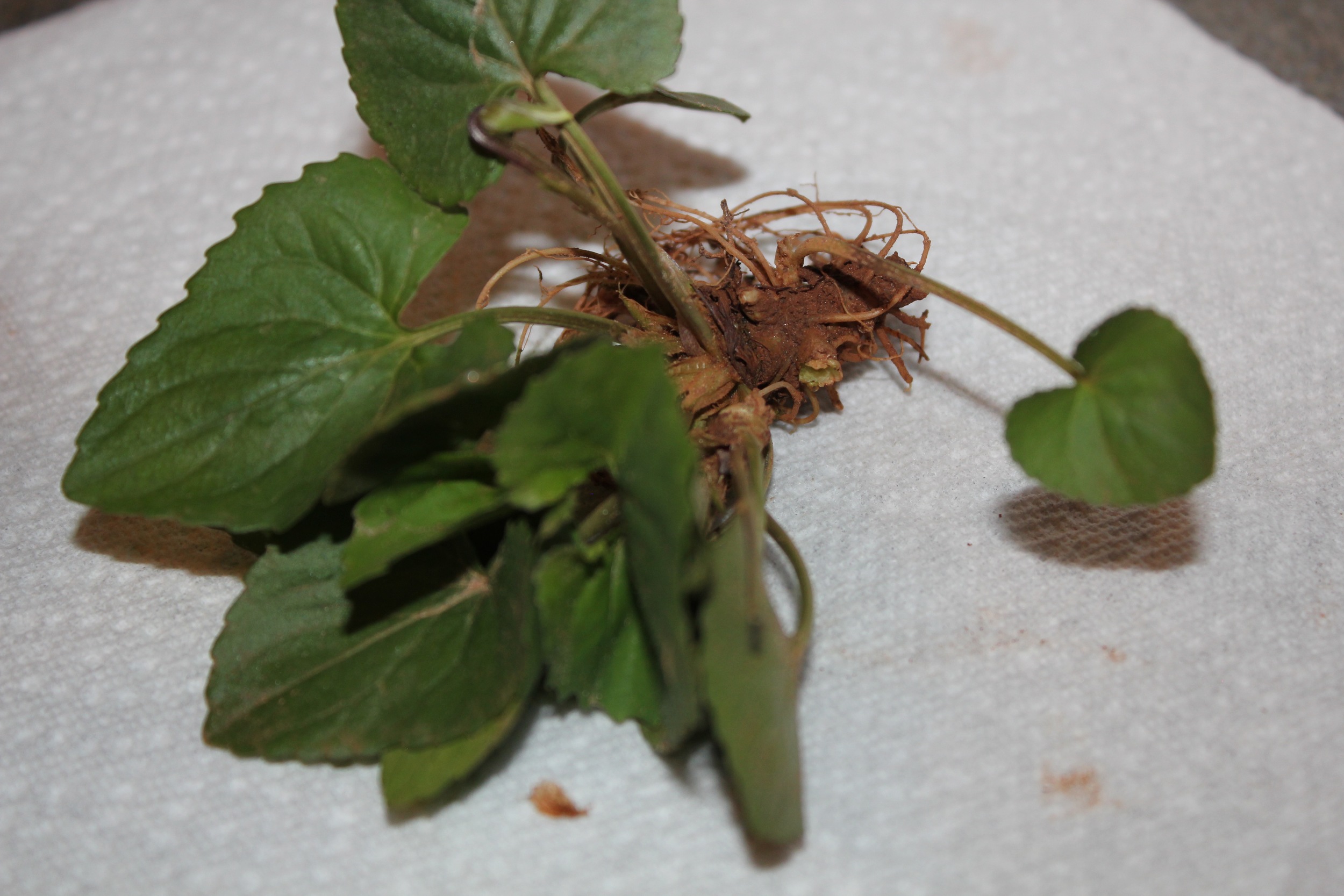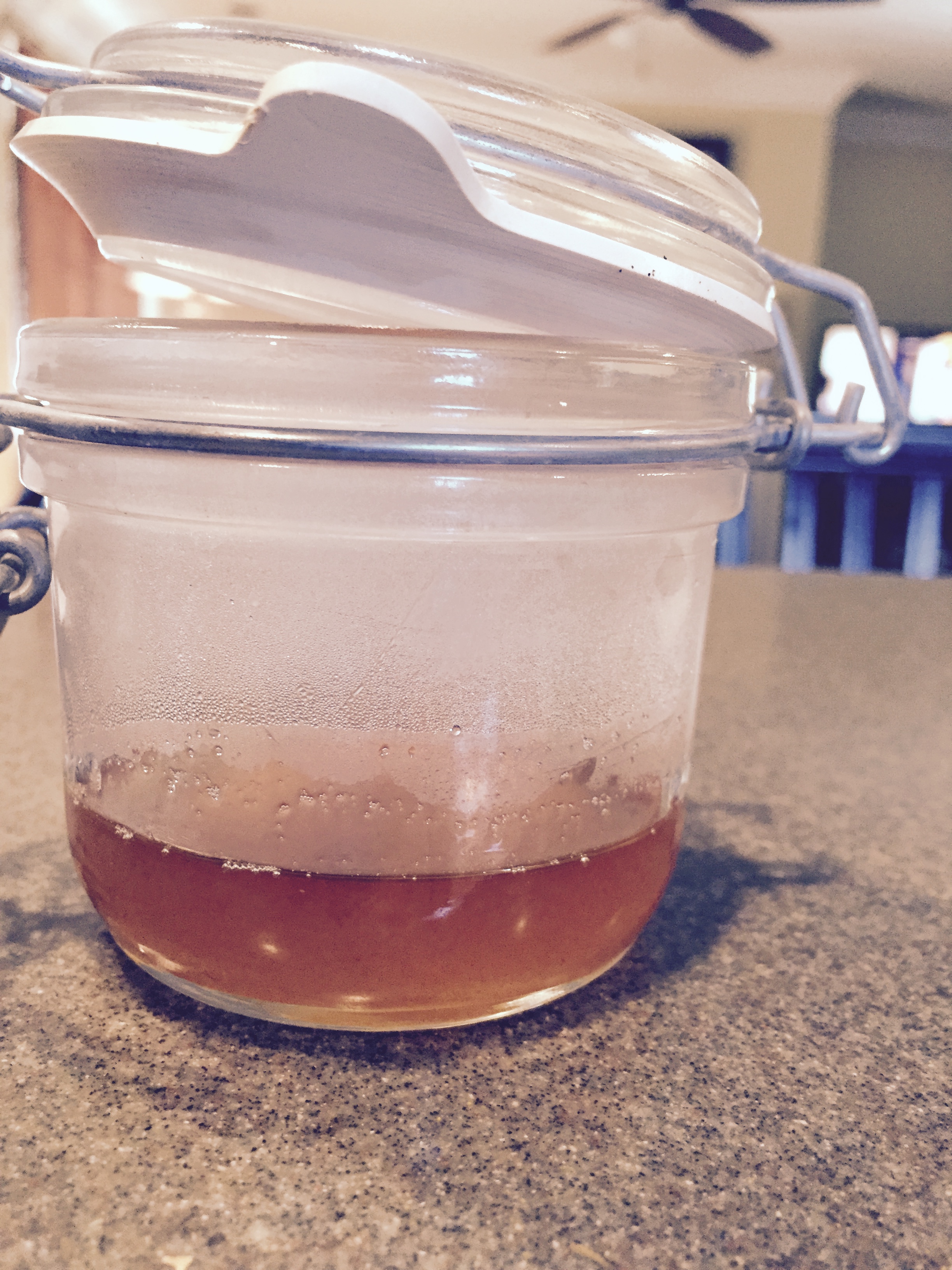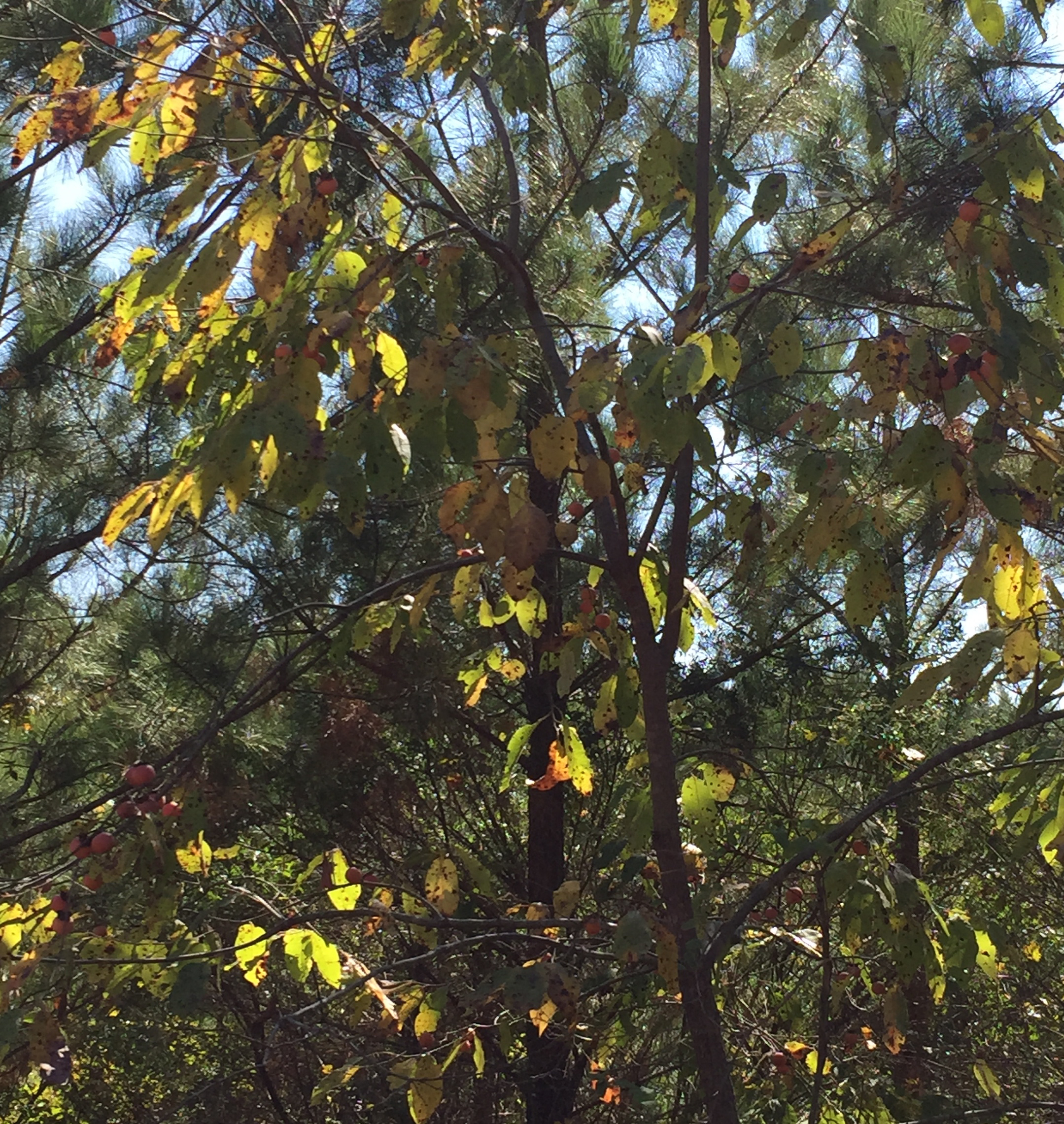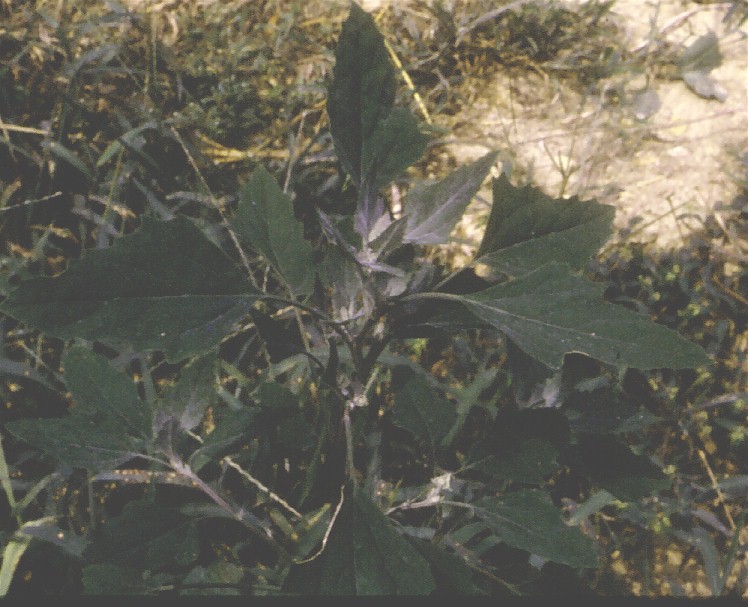So you are stuck at home during your self quarantine or your spring break plans just got canceled so you are planning your 14 day meal plan. After stocking up your pantry with your just to be safe supply you realize, what if I need to stretch this out a little farther, or I am in a quarantine situation and can’t make it to the grocery store?
Depending on where you live in the USA, or how large (or small) your backyard may be, a little foraging may spice you your boring stay at home routine.
Let’s begin with the average backyard, what wild edibles might you find:
Chickweed
Plantain
Henbit
Dandelion
Redbud
Wild onion or garlic
Day Lily (event those you bought at the garden center and planted last year)
Yellow wood sorrel (Oxalis)
If you are near the woods or have some land, you might find Blue violets, Jerusalem artichokes, poke weed etc. Lake or stream near by, you might find a nice patch of cattail or watercress.
Do some exploring and see what you can find. Once you have your inventory established, start your meal planning, figure out what you can use the wild plants for to substitute or supplement.
Here are some ideas:
Chickweed - use raw to add to salad or toss in your stir fry or add to the bowl of rice you cooked.
Dandelion - Cook the greens as a tasty side dish, roast the roots and grind to extend your coffee supply, dip the flowers in batter and fry till crisp, add the flower buds to stir fry, omelette or topping for pizza.
Plantain - Dry the leaves in the oven at slow temperature for a healthy snack (think dried kale chips)
Henbit - Add to salads or toss in your stir fry.
Redbud - these early spring flowers can be pickled, eaten raw or cooked.
Wild Onion or garlic - use as you would onions or garlic from the store, just remember, they are a lot stronger than store bought, so use sparingly.
Day Lilies - Dig up those tubers, clean and use raw in salads, use to make a soup, like potato soup, if they are about to bloom, ad the flower buds to your morning omelette or throw on your pizza you are making.
Wood Sorrel - nice sour addition to a salad, or use like pineapple to make a “wood sorrel “ upside down cake.
Use your imagination and make sure you ask your neighbor before you start digging up their day lily tubers!
BE PREPARED!
Plantain
Dandelion
Pokeweed
Cattail
Jerusalem Artichoke
Day Lily
Blue Violet













